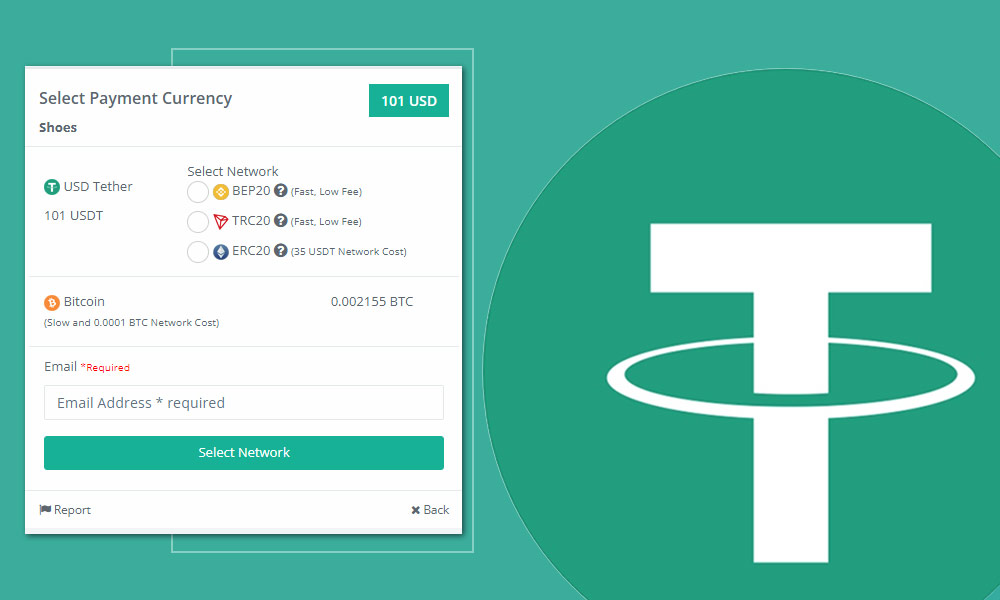Passive Real Estate Investing: How to Get Started

Did you ever consider investing in real estate but were put off by the hassle of being a landlord? If so, passive real estate investing may be for you. According to the Internal Revenue Service (IRS), passive income is “income from rents, royalties, partnerships, limited liability companies, and s-corporations in which you do not materially participate.” In other terms, you can make money from real estate without having to lift a finger.
Sounds great so far, right? But before you go and start investing your life savings into rental properties, you need to learn more about what passive real estate investing entails. Keep reading to know more.
What is Passive Real Estate Investing?
Passive real estate investing is an investment in which the investor does not actively participate in property management. The investor may still be involved in the decision-making process but will not be responsible for tasks such as finding tenants, collecting rent, or making repairs.
There are two main kinds of passive real estate investing:
– Equity investments
– Debt investments
With an equity investment, the investor owns a portion of the property and will receive a share of the profits or losses. It is possible to invest in real estate crowdfunding platforms or in real estate investment trusts (REITs).
With a debt investment, the investor lends money to the borrower and receives interest payments. The borrower is typically responsible for repaying the loan and any repairs or maintenance on the property. You can invest in a mortgage-backed security (MBS) or a real estate investment trust (REIT).
How Scheduled K-1 Work for Passive Real Estate Investors?
You may get a K-1 form from the firm you invested in if you are a passive real estate investor. It is important to note that the K-1 forms report the income, gains, losses, and deductions of a partnership, S corporation, or an estate or trust.
This form will report your share of the entity’s income, gains, losses, deductions, and any distributions you received from the entity. The K-1 form is used to calculate your tax liability for the year.
Factors to Consider Before Investing
Once you’ve learned more about passive real estate investing, it’s essential to consider some things before investing.
– The amount of money you have to invest: One of the great things about passive real estate investing is that you can start with a small amount of money. However, remember that the more money you invest, your potential return will be higher.
– Your investment goals: What are you looking to achieve with your investment? Are you searching to generate income or grow your wealth?
– Your risk tolerance: How much risk are you willing to take? Keep in mind that with higher risks comes the potential for higher returns.
– Your time horizon: When do you plan on selling the property? If you are looking to generate income, you may want to consider a shorter time horizon. If you’re going to build your wealth, you might wish to think about a longer time frame.
If you want to learn more about passive real estate investing, contact reputable real estate syndication firms. Many reputed firms offer excellent advice and guidance to help you start your investment journey. It is a great way to get started in real estate investing.










